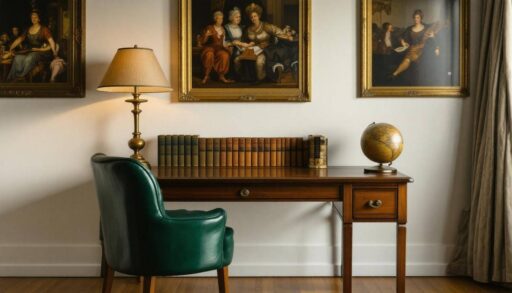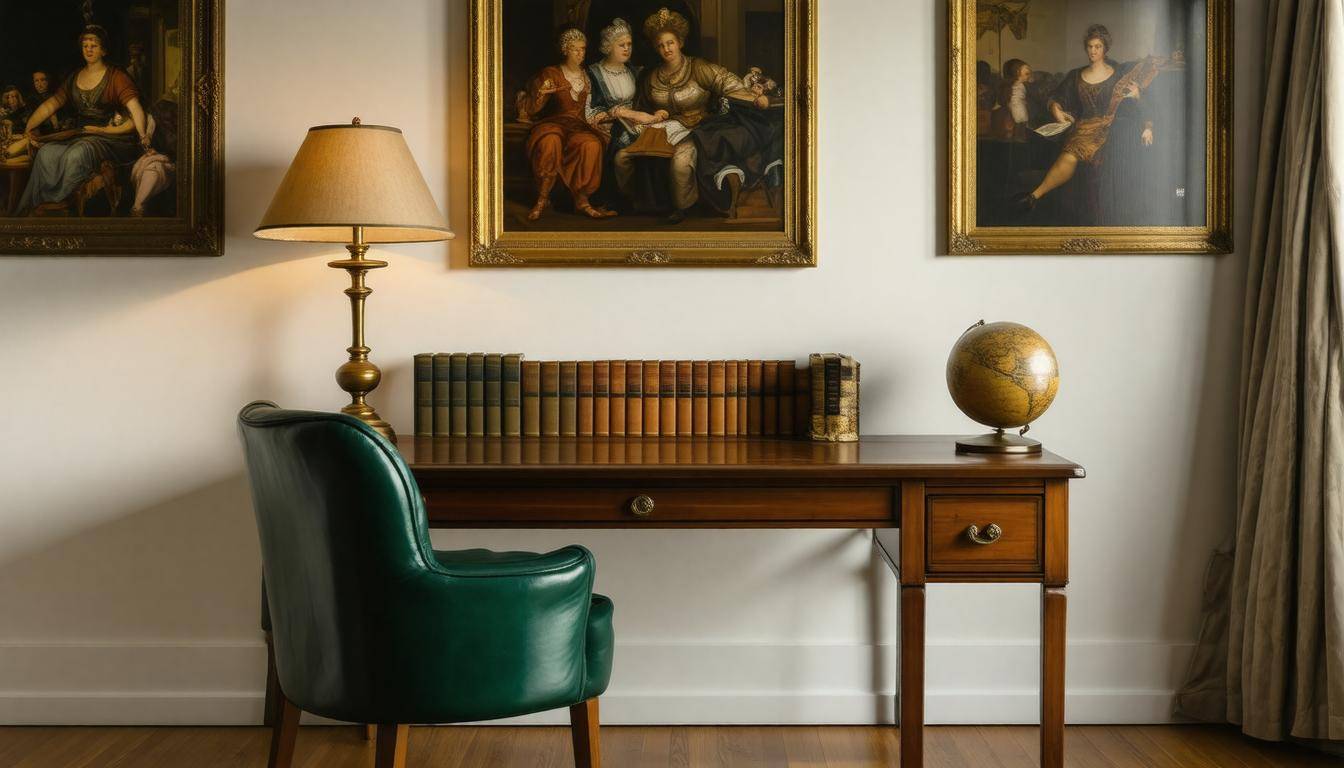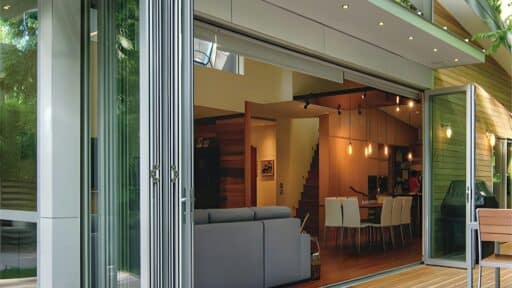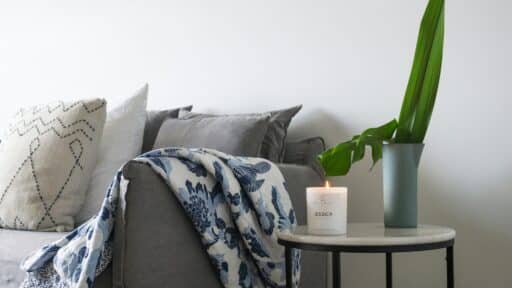Creating a home office that inspires focus and creativity might seem like a daunting task, but with the right approach, it can transform into a delightful experience. Your workspace should reflect not only your personal taste but also promote productivity—the very essence of what drives us to work effectively. Imagine walking into a room where each element—from the colors on the walls to the furniture you choose—invites you to dive into your tasks with enthusiasm. In this article, we’ll explore ten design strategies that will help you craft a moody, scholarly environment in your home office, allowing your best ideas to flourish and your concentration to thrive. Let’s journey together through these inspiring design choices!
To create a moody, scholarly home office, consider using dark wall colors like deep blues or forest greens to enhance concentration. Incorporate vintage decor such as a large wooden desk, bookshelves filled with literature, warm-toned lighting, and personal touches like framed art prints to evoke an academic ambiance while promoting productivity.
Setting the Mood with Decor
The right decor not only enhances the visual appeal of your space but also significantly impacts your productivity. By opting for rich colors and sophisticated materials, you can create an environment that promotes concentration and inspires creativity.
Imagine entering a room where deep blues and forest greens envelop you—colors that studies have shown can increase focus and reduce distractions by approximately 20%. Using these hues on your walls brings an intellectual warmth reminiscent of classic libraries, serving as both a backdrop for work and a canvas for reflection.
When it comes to furniture, consider selecting pieces crafted from dark woods that evoke a sense of tradition and permanence. A large wooden desk can act as a centerpiece, offering ample workspace while adding character to the room. This kind of quality craftsmanship enhances productivity and creates a lasting impression. Think beyond just functionality; every piece in the room should contribute to a cohesive narrative about scholarly pursuits.
But decor is not merely about aesthetics; it can aid in organization as well.
To achieve a truly moody atmosphere, bookshelves are your best ally. Filled with classic literature, reference materials, or vintage finds, they become more than mere storage options—they’re conversation starters that express personal interests and aspirations. Plus, keeping books within arm’s reach saves time during moments of inspiration when you may need to quickly reference an idea or study.
Integrating decorative items like antique globes or framed maps brings further layers to your decor, reminding you of the vastness of knowledge waiting to be explored.
As research suggests, incorporating elements that resonate with one’s personal values can boost motivation and overall satisfaction in the workspace by nearly 25%.
Lighting is another critical component in setting the mood for your home office. Utilizing warm-toned light bulbs in table lamps or floor lamps creates a cozy ambiance while reducing eye strain during those late-night work sessions. Studies reveal that natural light exposure can improve mood by 15%, so position your desk near windows if possible. For evening work, consider soft lighting paired with adjustable brightness options; this flexibility contributes to maintaining focus without overwhelming your senses.
After all, decor is also about comfort—this leads us to important accents such as rugs and seating options.
Grounding the space with Persian or vintage-style rugs adds not just texture but also warmth beneath your feet. Such tactile elements enhance the overall moodiness while promoting cognitive function through improved air quality and stress reduction—factors proven to heighten creativity by up to 15%.
Including comfortable seating options like an antique armchair or chaise lounge offers a cozy reading nook where you can unwind and recharge during breaks. A retreat like this transforms your office into not only a workplace but also a sanctuary where ideas can flourish.
With each element carefully chosen for its purpose and aesthetic, the next step invites us to explore how color choices can further sharpen focus in this inspiring setting.
Choosing Colors to Enhance Focus
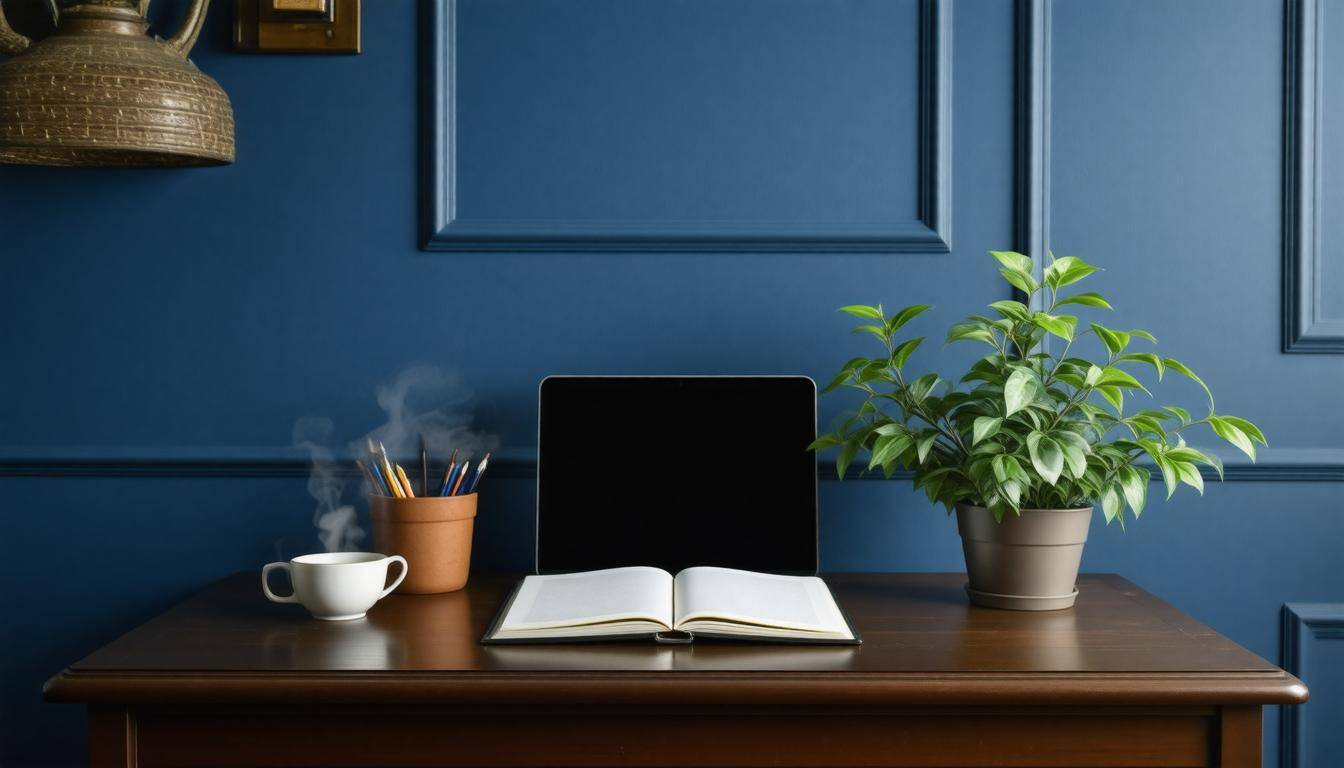
Selecting the right color palette is not merely an aesthetic choice; it serves as a foundation for the kind of environment you create. Rich hues like deep blues and forest greens envelop the space in a comforting embrace, promoting calmness while simultaneously sharpening concentration. Research has shown that incorporating such tones can increase productivity by up to 20%. Imagine walking into your office, greeted by the serene embrace of navy blue walls that whisper ‘focus’ rather than ‘distraction’—it’s transformative.
Beyond just the walls, let’s ponder how lighting plays a role in how we perceive these colors. For instance, choosing warm-toned light bulbs can enhance those darker shades, creating a cozy ambiance while reducing eye strain during long hours spent hunched over papers or screens. The glow from a lamp reflecting off a forest green wall may provide just the right soft light necessary to engage in reading or writing, pushing away fatigue like a champion.
Think about how you might bring warmth into this scholarly escape without detracting from its moodiness.
To achieve that delicate balance, consider using complementary colors for accents. Shades like burgundy or mustard can introduce bursts of warmth without overwhelming the senses. A burgundy armchair beside your dark wooden desk could become a delightful focal point, inviting you to sit and stay awhile while also adding some character to your design. You could even spruce up your shelves with mustard-colored bookends or decorative items that tie back into your overall design ethos.
Don’t forget about accessories! Intricate wallpapers featuring scholarly patterns like damask can add depth to your space without detracting from its primary purpose. By choosing wallpapers that invite contemplation—think classic designs reminiscent of old libraries—you extend the theme of academia while instilling a sense of history.
The sci-fi movie “Inception” touched upon the psychological effects of color and how it shapes our perceptions. Just as the characters in that film navigated through dreamscapes colored by their emotions, so too can we create workspaces colored by our intentions and attitudes toward productivity.
A well-chosen color scheme will help turn your home office into a sanctuary for thoughtfulness and creativity, ensuring focus remains at the forefront as you embark on your intellectual pursuits. This leads us to explore elements that elevate the atmosphere through rich textures and surfaces.
Adding Depth with Textures
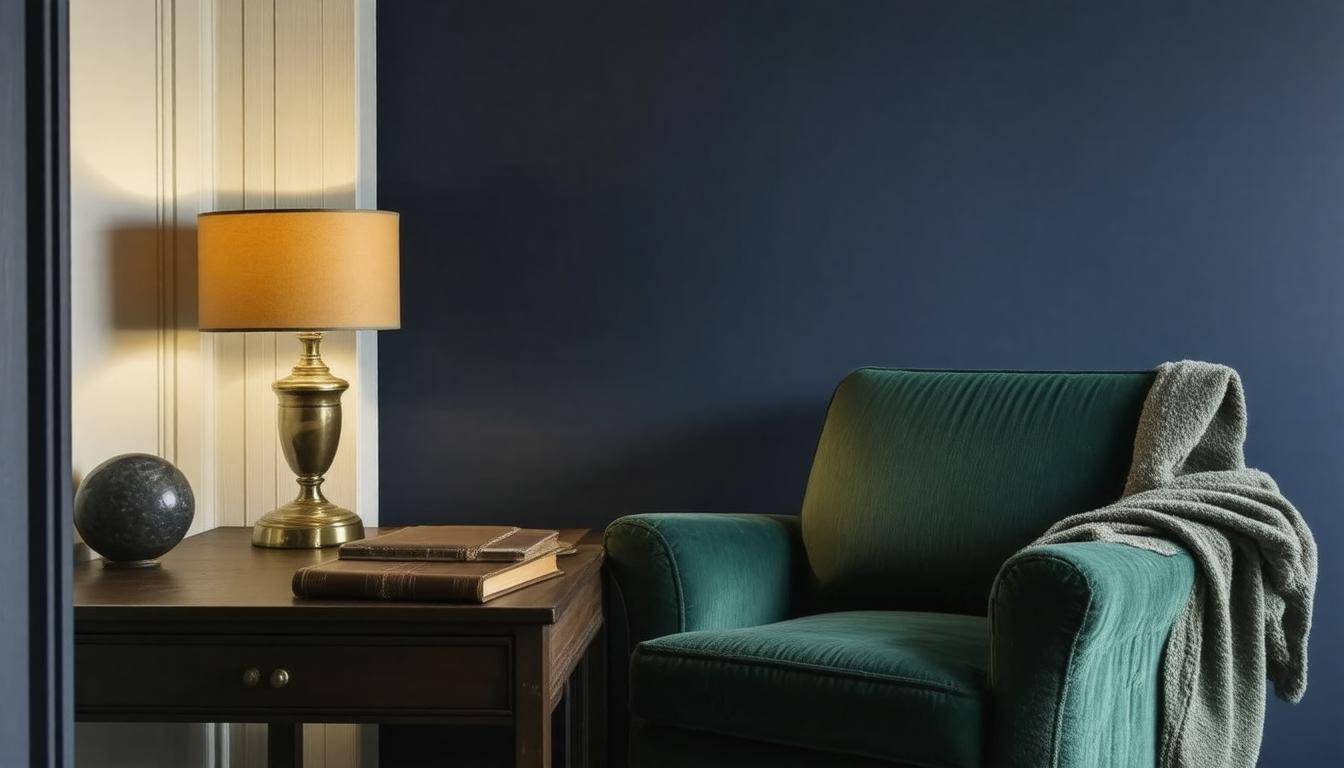
The tactile experience of your workspace is just as significant as its visual appeal; textures can completely change how you engage with your environment. When combined thoughtfully, they create a multi-sensory experience that evokes comfort and motivation, helping you to dive deeper into your tasks. To elevate your office space, consider surfaces that invite touch and interaction. Layering different materials not only creates interest but also cultivates a sense of richness that enhances overall productivity.
An excellent starting point is using rugs effectively. Layering rugs can add warmth and depth. Imagine a plush Persian or vintage-style rug as the foundation; on top, you might place a cozy fur or woven throw rug for that inviting touch underfoot. Such combinations anchor the room while serving as conversation pieces, ushering in considerable character.
For furniture selections, it’s essential to choose upholstery that adds both style and comfort. Consider velvet—its soft texture absorbs sound, creating a quieter atmosphere well-suited for concentration. Leather is another exceptional choice, providing sophistication while enhancing focus through its sturdy feel.
Specific Ideas for Adding Textures
- Opt for velvet curtains or throw pillows to soften the edges of your windows or seating areas.
- Invest in a leather desk chair to offer both elegance and comfortable support during prolonged working hours.
- Choose silk or brocade lampshades that diffuse light beautifully while adding sophistication.
- Consider textured wallpaper, like grasscloth, which introduces an organic element to the walls and serves as a backdrop for decor.
Furthermore, don’t overlook other elements contributing to textural diversity, such as decorative throws made from soft wool or cotton blended with intricate patterns. Incorporating these layers on chairs or draping them over shelves can seamlessly integrate comfort without sacrificing style. Each fabric tells its own story and invites interaction—a subtle yet powerful way to uplift your creative space.
Thoughtful choices in texture will ensure that your home office not only looks elegant but also feels inviting, setting the stage for focused work. With the right ambiance established, we can now shift our attention to how the right illumination plays a crucial role in enhancing productivity.
Perfect Lighting for Productivity
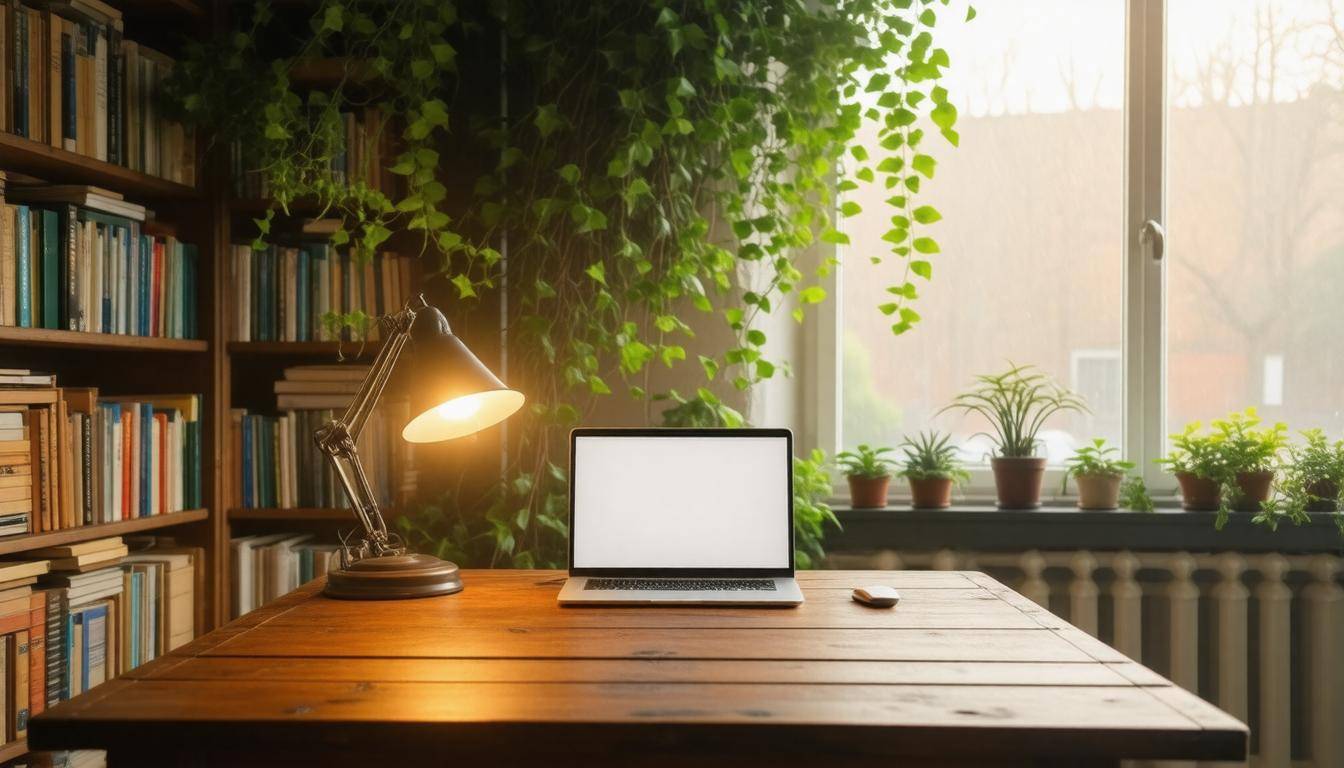
Lighting is fundamental to creating a productive yet moody atmosphere. Imagine sitting down to work, surrounded by a blend of soft light that not only illuminates your space but also elevates your mood. To achieve this balance, consider a mix of ambient, task, and accent lighting. Each type serves a purpose and contributes to a well-rounded workspace.
Ambient Lighting
Ambient lighting is your first layer of illumination. It sets the tone for the entire room without overwhelming the senses. Using warm-toned bulbs in overhead fixtures creates a cozy, inviting glow. This choice encourages relaxation while still providing enough light to navigate your workspace comfortably. However, it is crucial to avoid overly bright or fluorescent lighting, as these can be harsh on the eyes and lead to fatigue over time. A dimmer switch can be a valuable addition; it allows you to adjust brightness levels based on the time of day or your specific tasks.
Think of ambient lighting as the foundation; it creates an overall warmth that fosters creativity and focus.
Task Lighting
While ambient light provides a general ambiance, task lighting offers focused illumination where you need it most. Investing in a high-quality desk lamp with adjustable brightness and angle options can make all the difference in reducing eye strain during long working hours. My personal favorite is a brass or polished nickel lamp—it adds a touch of scholarly elegance while being functional. Proper task lighting means you can read documents clearly without squinting, thus enhancing productivity.
Pro Tip: Look for lamps with built-in features like USB charging ports to streamline your workspace further.
Accent Lighting
Lastly, accent lighting allows you to highlight areas that deserve attention—like bookshelves filled with your favorite reads or art pieces that inspire you. Floor lamps, wall sconces, or under-shelf lighting are fantastic options that can elevate the visual interest of your space. Not only do they serve a functional purpose, but they also create an enriched atmosphere conducive to focus and creativity.
Interesting Fact: Effective lighting has been shown to improve reading speed and comprehension by up to 30%.
By carefully selecting and balancing these types of lighting, you’ll not only enhance functionality but also aesthetic appeal—setting the stage for productivity and inspiration while working in your home office.
With an understanding of how lighting influences mood and productivity, it’s essential now to explore how to choose furniture that marries functionality with comfort for sustained focus in your workspace.
Selecting Functional Furniture
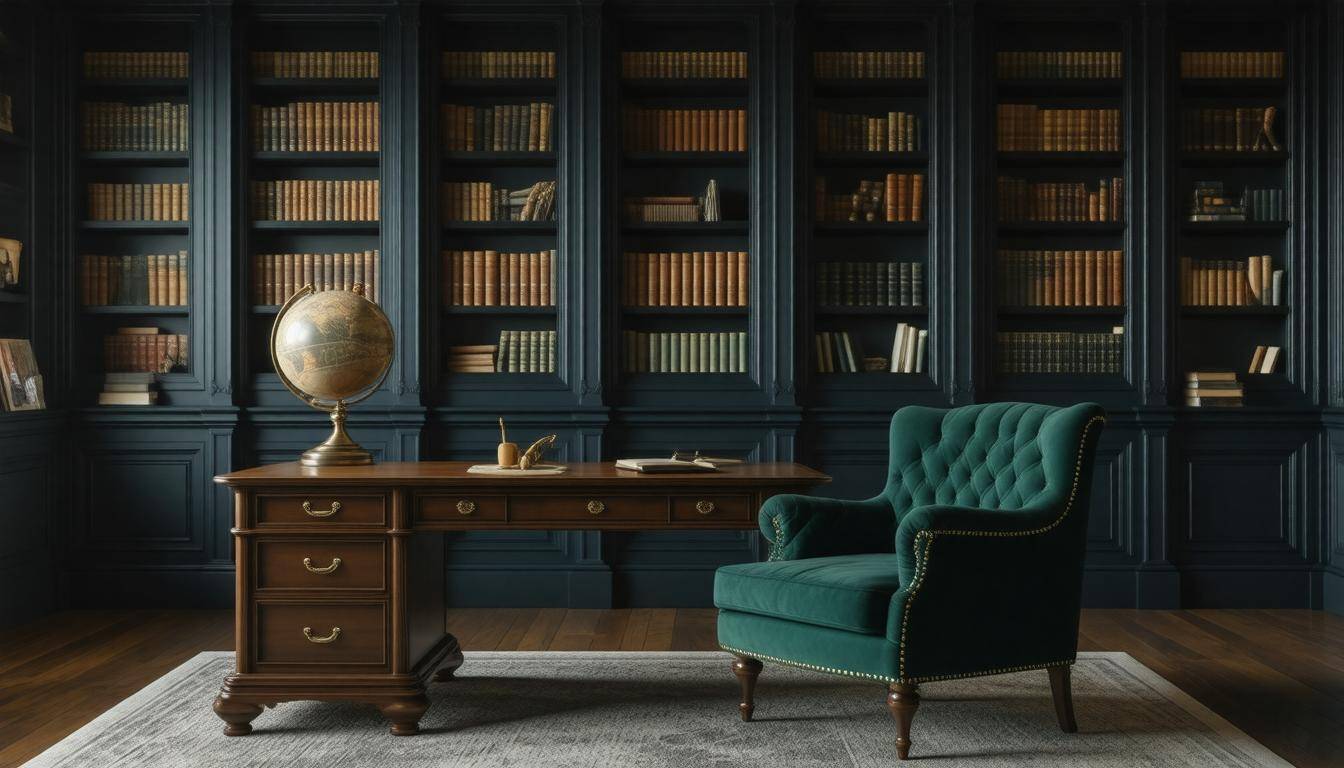
Functional furniture is not merely an aesthetic choice; it’s about creating a workspace that enhances productivity while still maintaining a sophisticated appearance. When selecting pieces, think about versatility and how each item can serve multiple purposes. For instance, a desk with built-in storage can help keep your workspace organized, reducing visual clutter and allowing for improved focus. It’s not just about how the furniture looks; it’s about how it works for you.
Take the time to consider what materials resonate with you. Solid wood desks offer both durability and a timeless appeal while providing a sturdy surface for writing, working, or even brainstorming ideas. In contrast, glass-topped desks can create an illusion of openness, making small spaces feel larger, but they may require more maintenance to avoid smudging or scratches. Therefore, asking yourself questions like, “How much wear and tear will this piece endure?” can guide your choices towards long-lasting investments.
As you choose your desk, imagine the activities you’ll be performing there. Will you be holding meetings, constructing elaborate projects, or doing research? A sturdy desk should be able to accommodate all these tasks without feeling limiting.
A large wooden desk can indeed become the focal point of your office, radiating that academic vibe we often associate with libraries or study rooms. Think about additional functionality: drawers for storing documents or shelves for books give your workspace an organized feel while allowing your personality to shine through the decor you display.
After addressing the desk space’s functionality, seating becomes another crucial aspect of your home office setup.
Choosing an ergonomic chair should be at the forefront of your furniture selection process. These chairs are designed to support your body’s natural alignment during prolonged periods of sitting. According to research [DATA], investing in ergonomic furniture can prevent strain injuries and boost productivity by up to 12%. This means less discomfort and fewer interruptions during work hours.
Additionally, combining an ergonomic chair with statement pieces such as an antique armchair or a chaise lounge adds depth to your environment. Picture this: after a long session at your desk filled with deep concentration and focus, slipping into a cozy reading nook invites relaxation and mental reprieve—a perfect balance for creativity.
Accessories also play an essential role in enhancing functionality. Consider incorporating items like adjustable monitor stands to create eye-level alignment that reduces neck strain or multifunctional shelves that provide both storage and display opportunities.
Lastly, don’t underestimate the impact of smaller items like upgraded casters on your chair or desk wheels. They can improve mobility across the space significantly while ensuring that delicate flooring remains scratch-free.
With these functional elements in place, one can now focus on how to add character to the workspace through decor choices that promote inspiration and intellectual ambiance.
Curating Scholarly Decor Accents
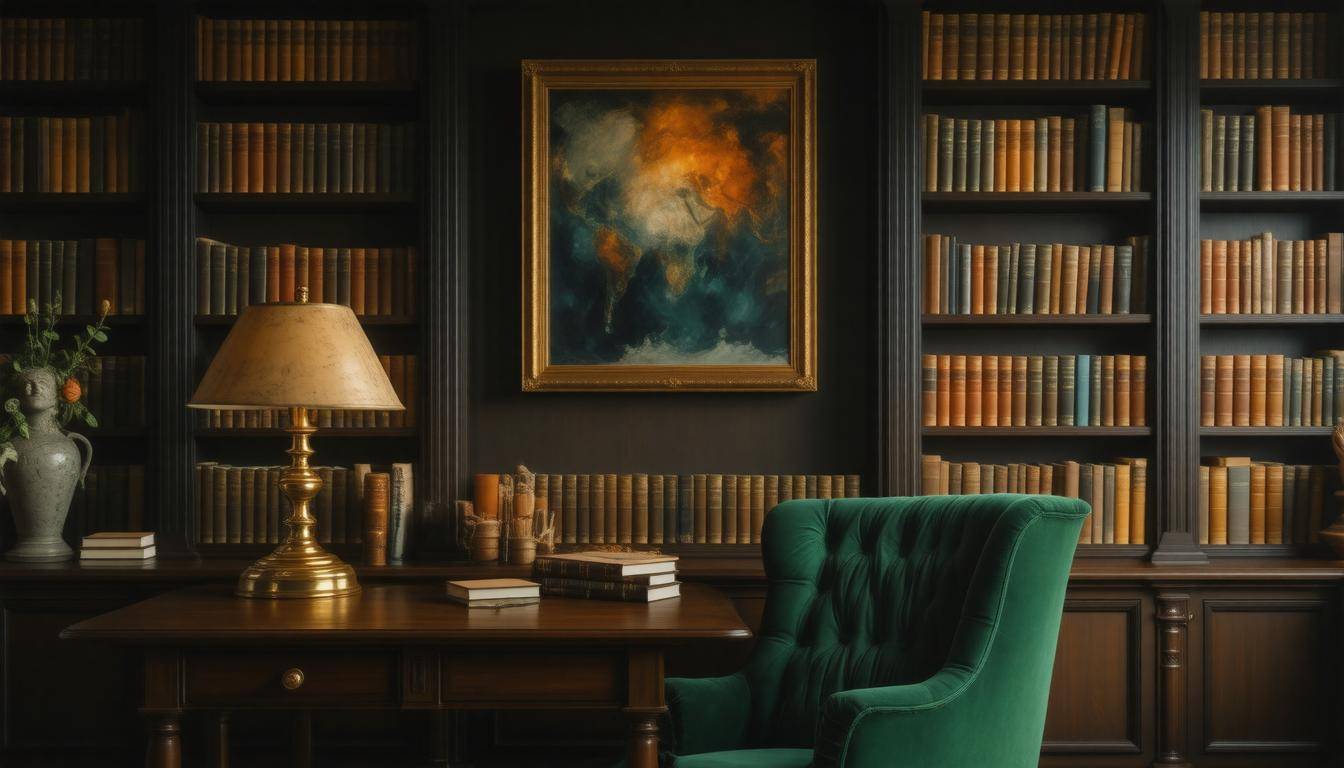
The right accents can truly tie everything together, giving your home office an authentic scholarly vibe. Selecting decor that resonates with your intellectual pursuits and personal taste is key to creating a workspace that inspires focus and creativity. Imagine walking into your study and being greeted by beautifully framed art prints of renowned scholars, vintage maps highlighting the travels of famous explorers, or antique globes. Each piece serves not only as a conversation starter but also as a continuous source of inspiration throughout your workday.
When crafting your workspace, think about how these elements nurture creativity and foster a sense of learning. Every item should feel like a nod to what you value most: knowledge, exploration, or perhaps the arts.
Personal items interwoven into your decor can amplify this effect significantly. For instance, one user shared their experience: “Incorporating my grandfather’s old typewriter and framed diplomas really made the space uniquely mine.” This personal touch adds warmth and familiarity that mass-produced decor often lacks. By integrating cherished family heirlooms, whether it’s an ornate clock from your ancestors or a shelf lined with old letters that invoke nostalgia, you are not merely decorating; you are curating a narrative about who you are.
It’s essential to choose pieces that serve dual purposes—both ornamental and functional. For example, consider installing bookshelves that not only hold your collection of academic texts but also display artful pottery or historical novels whose covers evoke curiosity. Look for mid-century Italian furniture, which adds elegance and practicality while maintaining a cohesive aesthetic with earthy tones typical of scholarly environments.
Lighting should also be seen as an integral accent in any scholarly decor. Layered lighting—comprising ambient, task, and accent lights—can significantly enhance the workspace atmosphere. A well-placed desk lamp with an adjustable arm can illuminate your work area precisely where it’s needed, while soft wall sconces can create inviting shadows in the room. Think too about the color palette; traditional neutrals enriched with deeper hues can ground the environment while lending it warmth.
As you build your collection of decor accents, consider how each piece contributes to both the overall look and functionality of your workspace. Make thoughtful selections that nurture creativity and embrace what makes you unique, seamlessly leading into considerations for organizing materials that support your scholarly endeavors.
Organizing Library and Study Materials

An organized library is not just a space for books; it’s a sanctuary for inspiration and learning, where knowledge flows as freely as the coffee.
To achieve this, start with sturdy, open bookshelves that can accommodate a substantial collection of books without looking cluttered. Imagine the aesthetics of well-placed volumes guiding you seamlessly as you select your next reading adventure or reference text. Organize your books by subject or alphabetically—whatever suits your workflow best. This simple action transforms a daunting search into an effortless glide across your titles.
Effective Use of Space
But that’s just the beginning. You can elevate your organization game by using bookends to prop up stacks and shelf dividers to keep everything in order.
Think about it: how often do we find ourselves fumbling through disheveled piles of papers or old magazines? Adding labeled storage boxes or magazine holders helps corral those loose documents and periodicals, giving them a proper home instead of letting them dominate valuable real estate on your desk or shelves.
A well-organized library not only enhances accessibility but also adds an element of serenity to your workspace.
After conquering physical materials, don’t overlook the power of digital organization in this era of information overload.
Digital Organization
In today’s world, utilizing cloud-based systems for document storage and organization can make all the difference. Apps like Evernote or OneNote serve as invaluable allies, allowing you to synchronize notes and documents across all devices effortlessly.
Imagine no more scrambling to find that critical article saved on your phone when you’re at your desk! With these tools at your fingertips, you can create categorized notebooks or tags that ensure everything is just a click away.
Furthermore, regularly review and purge outdated files from your digital library—it’s just as necessary as decluttering physical spaces. This practice keeps distractions at bay and guarantees you’re only working with relevant resources that inspire creativity and productivity.
As we cultivate both our physical library space and our digital resources, it becomes clear that an intentionally organized environment enables deeper focus and inspires countless creative endeavors in our scholarly home office.
In crafting this space tailored to foster focus and creativity, you empower yourself not just to work efficiently, but also to thrive intellectually.

